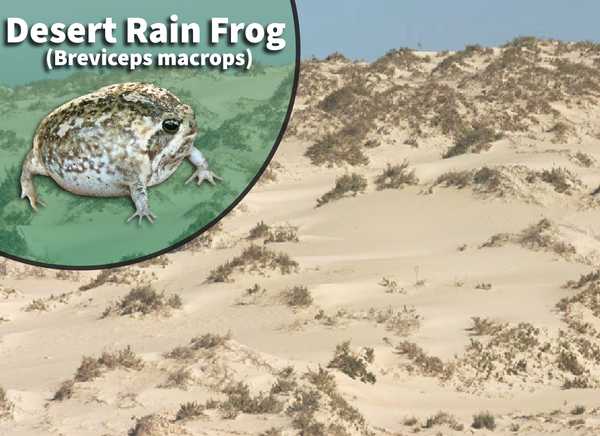The Best Reptile Enclosures: Just How to Develop the Ideal Habitat
Producing the best environment for reptiles is not nearly placing them in a tank or room; it includes a thoughtful factor to consider of numerous variables that add to their total health. From the size of the enclosure to the sort of substrate used, every element plays a vital duty in giving a setting where your reptile can grow. By recognizing the details demands of your reptile varieties and applying the appropriate environment arrangement, you can guarantee their health and wellness and happiness in captivity.
Choosing the Right Enclosure Dimension
When picking a room size for reptiles, it is imperative to consider their all-natural habits and room demands to ensure their well-being and health. Various reptile species have differing requirements when it comes to habitat room.
A basic rule of thumb is to offer adequate area for the reptile to exhibit natural habits, such as basking, hiding, climbing, and foraging. By meticulously considering the particular requirements of the reptile varieties in inquiry, proprietors can create a suitable and enriching habitat that promotes general wellness and motivates all-natural habits.
Establishing Up Correct Home Heating Components
To guarantee the well-being and health of reptiles in their units, it is crucial to meticulously establish up proper home heating components. When setting up home heating components in a reptile room, it is essential to take into consideration the details temperature requirements of the varieties you are caring for.
One typical and effective burner for reptile enclosures is a heat light or ceramic warm emitter. These heat resources can be utilized to create a temperature slope within the room, allowing reptiles to relocate in between warmer and cooler areas as required. Furthermore, under-tank heating pads or warm mats can be utilized to provide stubborn belly warm, which is specifically helpful for reptiles that require additional warmth to help in food digestion.
Keeping an eye on the temperature within the room utilizing a thermostat is important to make certain that the heating elements are preserving the ideal temperature range for your reptile. On a regular basis examine and readjust the heating aspects as needed to develop a healthy and comfy setting for your flaky buddy.
Choosing Appropriate Lights Components

Giving the Ideal Substrate
Choosing the ideal substratum is important for producing a suitable and comfortable atmosphere for reptiles in their rooms. The substratum offers numerous purposes, including offering a foundation for natural habits like tunneling, assisting in keeping ideal humidity levels, and providing a comfortable surface for the reptile to rest upon - rain frog for sale. When selecting a substratum for your reptile room, it is vital to take into consideration the species-specific demands of your pet. Some reptiles, such as desert-dwelling species like bearded dragons, thrive on substrates like calcium sand or reptile carpet, while others, like ball pythons, choose coconut husk or aspen bed linens to keep moisture degrees.
Avoid substratums that can cause impaction, such as loosened substrates like sand or crushed rock, especially for reptiles recognized to ingest their bed linens. Frequently cleansing and replacing the substratum is important to make certain a clean and sanitary environment for your reptile.
Designing for Enrichment and Convenience
Thinking about the substrate's function in offering a foundation for natural actions and keeping an ideal setting, improving the reptile room with appropriate decorations is essential for both enrichment and original site comfort. When enhancing the unit, it is necessary to think about the reptile's species-specific requirements and behaviors to develop an area that promotes psychological and physical wellness. By integrating a variety of decors that simulate the reptile's natural habitat, proprietors can ensure their family pet's comfort and boost their all-natural instincts, ultimately leading to a better and healthier reptile.
Verdict

Developing the perfect habitat for reptiles is not simply about placing them in a storage tank or unit; it involves a like it thoughtful consideration of different variables that contribute to their overall wellness.Picking the appropriate substrate is vital for developing a suitable and comfortable atmosphere for reptiles in their rooms. Some reptiles, such as desert-dwelling varieties like bearded dragons, grow on substrates like calcium sand or reptile carpet, while others, like ball pythons, like coconut husk or aspen bed linens to maintain moisture levels.
By incorporating a range of decors that resemble the reptile's natural habitat, owners can ensure their pet's comfort and stimulate their natural instincts, ultimately leading to a happier and healthier reptile.
In conclusion, creating the perfect habitat for reptiles involves selecting the appropriate enclosure size, home heating components, lighting components, substratum, and designs.